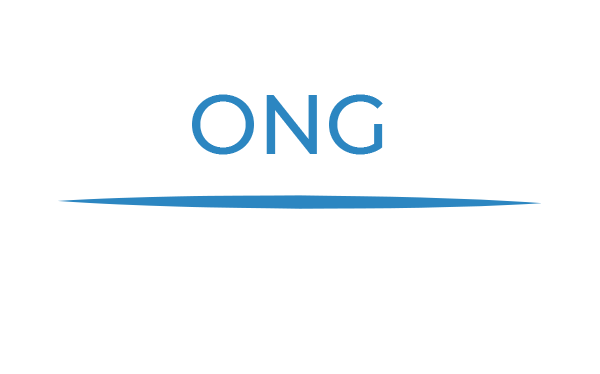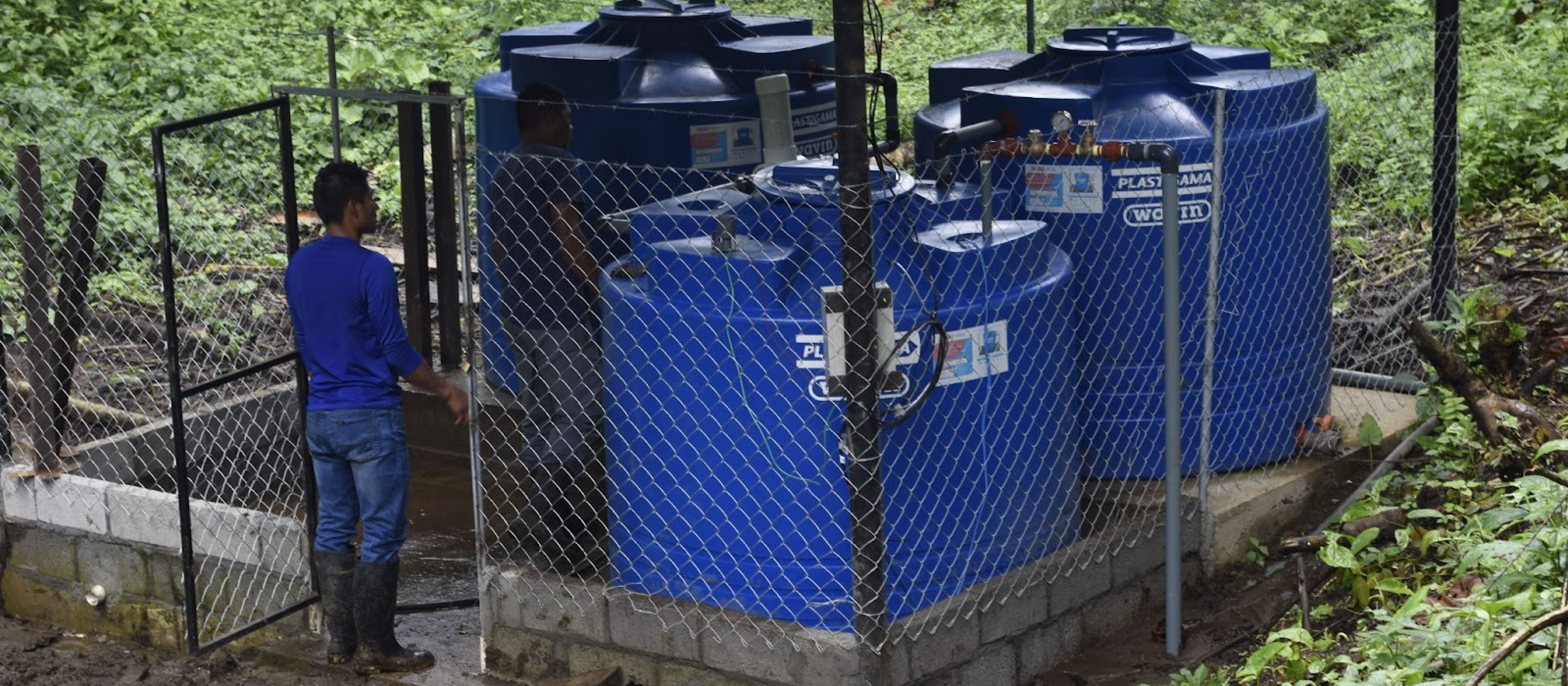Civil Service Witnesses: Bryan's Story
‘’Escuelas Resilientes and Wash: Education and Water for the Amazon’’ - Bryan Rodriguez, Corpi Civili di Pace - Tena (Ecuador)
Not even a month in my native land, and I already find myself shuttled between two places: Lago Agrio (LA), renamed by the locals, and Tena.
Both are located in the eastern region, an Amazonian strip of land, home to a concentration of diverse cultural and subcultural groups.
One is on the border with Colombia, a somewhat “hot” transit area, and the other lies in the central-southern part of the country, beautifully wrapped by its mountains in a lush, vibrant land.
The end of the rainy season sets a steady rhythm in both places, with tin roofs acting as percussion for rain that knows how to enliven flat, gray days.
"I’m learning to live with the constant damp/wet feeling… it’s so hot that you dry off quickly anyway" – quote
From May to June, I was involved in the UNICEF-made project “Escuela Resiliente,” an educational initiative engaging a group of 12 operators for five weeks to implement an extracurricular program on the complex topic of environmental education as an active response to emergencies, such as climate change and the various natural disasters it entails.
This project took place in LA because it is considered a region with a high presence of vulnerable Amazonian communities, sensitive to climate change, rising temperatures, and droughts that compromise water security.
The groups were divided by age, forming three main groups to involve all classes within the educational unit. The partner schools were four in total, and in each, I found myself collaborating with two volunteer civil workers from Tena.
As facilitators for the 5–8 years age group, we developed a didactic and preparatory methodology for the acquisition of these five learning units:
-
Personal hygiene
-
Energy education
-
Circular economy
-
Agroecology
-
Climate change
These are very complex and challenging concepts for that age group, so it was necessary to adapt everything creatively and engagingly, using examples from everyday life that were identifiable, or at least recognizable, by all students—even automatically.
It was very fun and stimulating to see how each school responded differently, based on its territorial location within the city and the social makeup of that specific area.
A month-long challenge that taught me a lot about the raw, unvarnished reality of that little pre-Amazonian region, which sees a complex multitude of long-standing problems crossing its territory, touching on various issues such as migration flows (legal and illegal), deforestation and contamination of rivers, springs, and forests, illegal mining, and petroleum exploitation with extraction platforms and their eternal flare stacks, now a fixed part of the landscape in the interior Amazon.
All of this occurs against a backdrop of deep economic instability and political crisis, fueling the country’s insecurity and the structural increase of microcrime in specific “convenient” areas.
The project concluded on June 13, marking the end of my time in LA. The following week, I joined the ENGIM “Wash” project, supporting a fixed team of three people in collaboration with the Kichwa community “Casa Blanca,” near the city of Archidona, in the Napo region.
This project focuses on community planning to build a water system that ensures access to drinking water in a specific area.
It requires extensive technical planning and a very manual and labor-intensive development phase, in which minga becomes the main tool to complete the work.
Working in minga means involving the entire community in active daily participation, restoring concepts such as work, the seriousness it entails, time and its various strategies for optimizing processes, the advantage of working in a group, and the importance of technical skills within the team.
It thus becomes a compromise that is sometimes difficult to maintain and respect. Many cultural issues can become real barriers to communication and participation among community members. In this specific case, only on days of actual numerical need did the community organize into a large group; for “normal” maintenance and finishing work, participation was not very high.
Despite this issue, I can say that a process of knowledge sharing has been put into practice and is working. It has led to specific members consistently developing high technical and manual skills, enabling them to be more independent in managing and designing systems similar to those offered by Engim with the Wash project.


